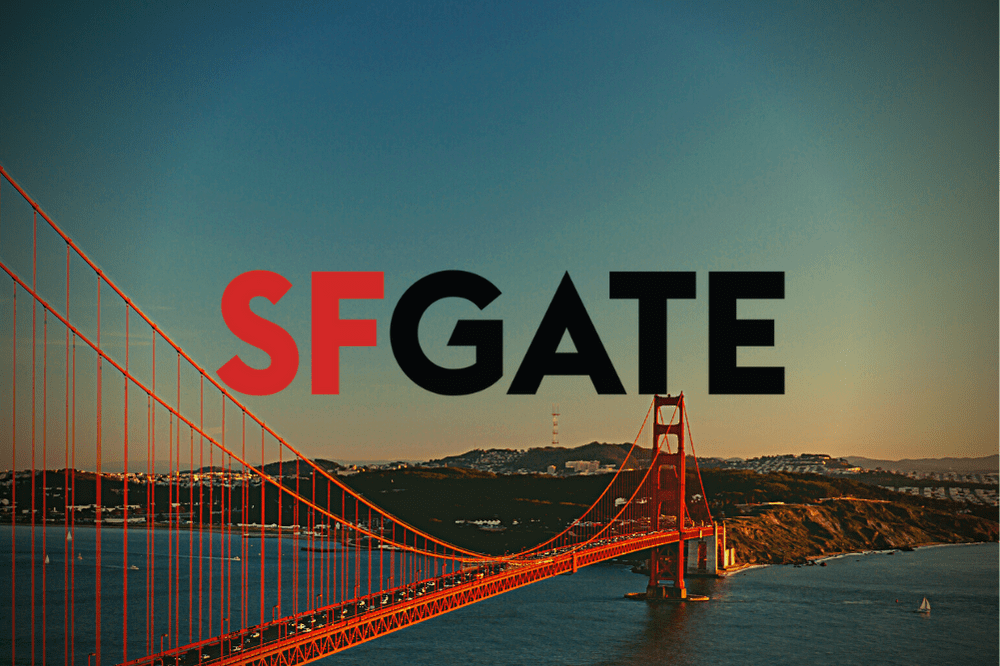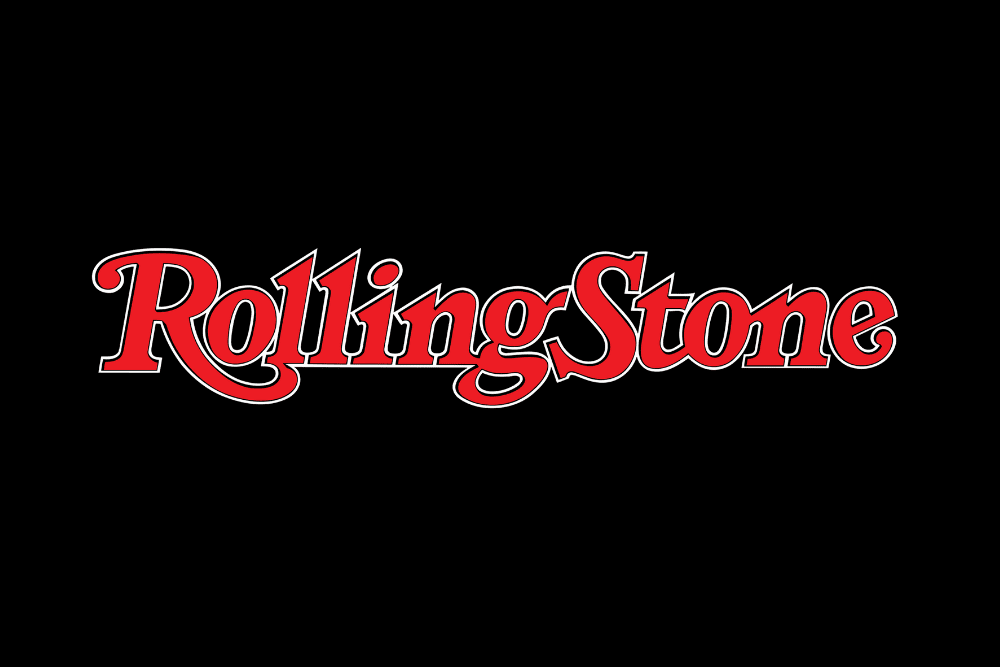El Pais spoke with MSD Partner Camron Dowlatshahi about the entertainment industry tensions between writers and studios leading up to the WGA strike.
The last time there was a strike in Hollywood, in 2007, Pirates of the Caribbean: At World’s End topped the box office, American Idol was the most-watched television program in the United States and David Fincher had just released the critically acclaimed Zodiac. The first Netflix original series, House of Cards, was still five years away from being aired. Today, 15 years later, the industry is facing another labor conflict, hot on the heels of the recovery from the Covid-19 pandemic and with the digital powerhouses holding the upper hand. As it stands, the U.S. entertainment industry is about to experience its first strike of the streaming era.
“There’s a sense of an approaching hurricane,” says Alan Page Arriaga, who is squeezing as much as he can in before the May 2 deadline for the start of the strike. “We won’t know what will happen until it makes landfall,” adds the Fear the Walking Dead writer and executive producer on the new season of True Detective. The damage of a shutdown in an industry that employs 2.4 million people in the U.S. can be catastrophically quantified. The previous strike, which lasted 14 weeks between November 2007 and February 2008, cost California’s economy $2.1 billion and affected around 37,000 jobs.
The Writers Guild of America (WGA), the labor union that represents film and television writers, has 10,000 members. The negotiation with the studios is seeking an extra $600 million in benefits for screenwriters. A vote on strike action was approved by 98% of participants. In 2017, 96% endorsed a strike but a last-minute agreement was reached.
“The strike goes beyond stopping putting words on a page,” says Eduardo Cisneros, who has been a WGA member for seven years. “Because our creative work is much more than that. There will be no work on pitches for potential sales and writers who are on a set will have to stop working. There will be no scripts, no written documents. Nobody will receive anything, not even feedback. There will be no creative exchange,” says Cisneros, one of the creators of Apple TV+’s comedy series Acapulco. If the strike goes ahead, free-to-air television will be one of the most-affected sectors as scriptwriters work on a daily basis. The 2007 strike indirectly triggered a boom in non-scripted television: reality shows.
The WGA has put two priorities on the negotiating table. The first is residuals, the term used to describe the amount a member of the production — actors, writers, directors etc. — receives every time a movie airs on free-to-air television or a streaming platform. In 2020, the most recent year for which data is available, the union reported that screenwriters earned $467 million in residuals, the second-highest figure on record. One-third of that income came from television series. An on-air rerun of a hit show can mean a windfall of around $20,000 for a screenwriter. When network television was king, this income was the financial mainstay for writers. “It was very good money. When those terms were negotiated, the internet was on the fringes. Now, digital platforms have consumed television. With these companies you don’t earn money for residuals, or you make a pittance,” says Page Arriaga.
This point is one of the most problematic for the streaming platforms, which have separate and confidential agreements with various sections of the WGA. Residuals from movie releases are tied to box office figures. Those for free-to-air television are tied to viewership. But secrecy sets the tone in streaming, as platforms jealously guard the numbers of viewing hours and the size of the audience a production has reached. For writers to know how much they are entitled to, viewing figures have to be made available.
“There’s no transparency on how many people watch a show. Nobody is open about it, they all claim to have millions of minutes watched,” says Hugh Sterbakov, a screenwriting professor at UCLA. “Series like Netflix’s Wednesday are supposed hits, watched by millions of subscribers, but then on the platform’s lists you find Grey’s Anatomy in fourth place for most-watched. It’s all opacity. It’s like trying to count the raindrops in a storm.”
Precarious employment
This lack of transparency may be an indirect result of the tug-of-war between the WGA and the studios. “It has been one of the most frustrating issues for writers and a problem in the industry for years: the balance between clarity and privacy, transparency for fair workers’ compensation and the need for confidentiality, because it is privileged information,” attorney Camron Dowlatshahi, an expert on audiovisual issues, tells EL PAÍS by e-mail. “We hope that a formula can be reached that is digestible for the entire industry.”
One of the studios’ proposals is that writers, directors and producers receive quarterly information on the number of views their productions have garnered in different territories, and that a bonus payment be calculated on that figure.
The expiring collective bargaining agreement stipulates that studios must pay around $30,000 for an episode of a show broadcast in prime time. Digital platforms with more than 20 million subscribers pay between $16,700 and $22,200 for a script, depending on the length of the show and the production budget. The studios, which declined to speak to EL PAÍS while negotiations are ongoing, have argued that the new terms come at a time of great difficulty for them, with tech and entertainment giants cutting costs and laying off workers to cope with a worrying economic outlook.
Although the numbers may seem significant, screenwriters argue that the rapid transformation the industry has undergone in recent years has drastically changed the way they work. “Now seasons are much shorter. You used to have 22 episodes to write, but now series are six, eight or 10 episodes. A writer accepts a job, it takes them less time to do it and to augment their income they have to look for another assignment,” says Cisneros.
In this new era for the industry, digital platforms have imposed a new way of working. The traditional writers’ room has been replaced by a much smaller version, whose purpose is to outline the structure of the story and the framework of the first few episodes. Much of this work is done months before projects are greenlit and go into production. This allows a group of writers to be paid a lower rate — often the WGA minimum — and over a much shorter time. This process is called the “mini room.” “The union wants the streaming platforms to stop doing this, or to pay higher rates,” says Page Arriaga.












